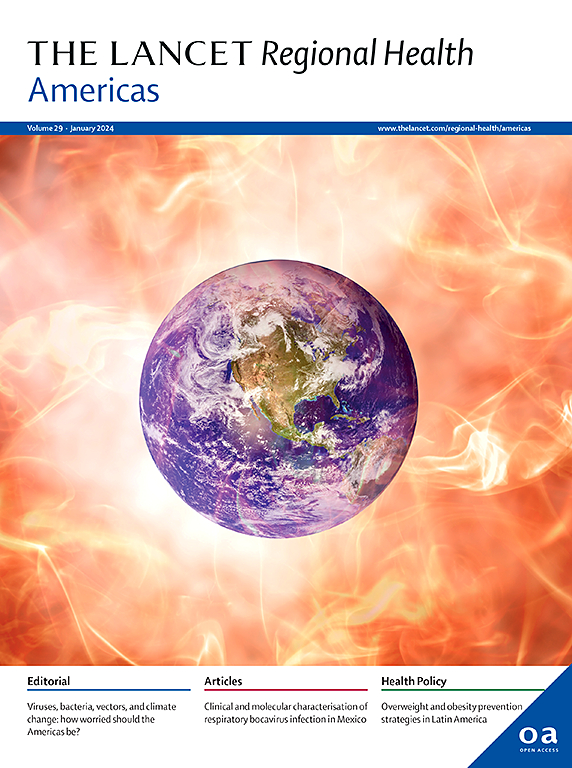美国印第安人和阿拉斯加原住民中的家庭暴力问题:改变政策和解决健康结构性决定因素的新框架
IF 7
Q1 HEALTH CARE SCIENCES & SERVICES
引用次数: 0
摘要
美国有 574 个联邦承认的部落。由于性别暴力、失控、歧视、边缘化、压迫和政治暴力等结构性决定因素,部落的家庭暴力(DV)发生率有所上升。在美国,美国印第安人和阿拉斯加原住民女童和妇女遭受家庭暴力和虐待的比例最高,但政策变化、资金和宣传在解决高家庭暴力率方面却进展缓慢。在这篇评论中,我们全面回顾了美国印第安人和阿拉斯加原住民中家庭暴力的结构性决定因素。我们回顾了部落民族的政策和刑事管辖权的复杂性,并提出了重要建议,以建立一个新的框架,在未来解决美国印第安人和阿拉斯加原住民妇女的家庭暴力问题。只有不到一半的联邦承认的部落通过《家庭暴力预防和服务法案》获得资助。结构性决定因素解释了为什么住房和资金是倡导性问题,在这些问题上,不平等的机会和不同的影响导致了家庭暴力风险的增加。我们主张在未来的工作中解决多种结构性决定因素的相互作用,同时提倡提供资金和文化上安全的研究和支持,以解决美国印第安人阿拉斯加原住民群体中的家庭暴力问题。本文章由计算机程序翻译,如有差异,请以英文原文为准。
Domestic violence in American Indian and Alaska Native populations: a new framework for policy change and addressing the structural determinants of health
There are 574 federally recognized Tribes in the United States. Tribes have experienced increased rates of domestic violence (DV) due to structural determinants like gender violence, loss of control, discrimination, marginalization, oppression, and political violence. American Indian and Alaska Native girls and women experience the highest rates of DV and abuse in the US, yet policy change, funding, and advocacy has been slow to address high DV rates. In this commentary, we comprehensively review the structural determinants of DV in American Indian and Alaska Native populations. We review policies and the complexities of criminal jurisdiction in Tribal nations and provide key recommendations to build a new framework that addresses DV in American Indian Alaska Native women in the future. Less than half of federally recognized Tribes receive funding through the Family Violence Prevention and Services Act. Structural determinants explain why housing and funding are advocacy issues, where unequal access and differential effects lead to increased risk for DV. We advocate for future work that addresses the interplay of multiple structural determinants while advocating for funding and culturally safe research and support to address DV in American Indian Alaska Native populations.
求助全文
通过发布文献求助,成功后即可免费获取论文全文。
去求助
来源期刊

Lancet Regional Health-Americas
Multiple-
CiteScore
8.00
自引率
0.00%
发文量
0
期刊介绍:
The Lancet Regional Health – Americas, an open-access journal, contributes to The Lancet's global initiative by focusing on health-care quality and access in the Americas. It aims to advance clinical practice and health policy in the region, promoting better health outcomes. The journal publishes high-quality original research advocating change or shedding light on clinical practice and health policy. It welcomes submissions on various regional health topics, including infectious diseases, non-communicable diseases, child and adolescent health, maternal and reproductive health, emergency care, health policy, and health equity.
 求助内容:
求助内容: 应助结果提醒方式:
应助结果提醒方式:


